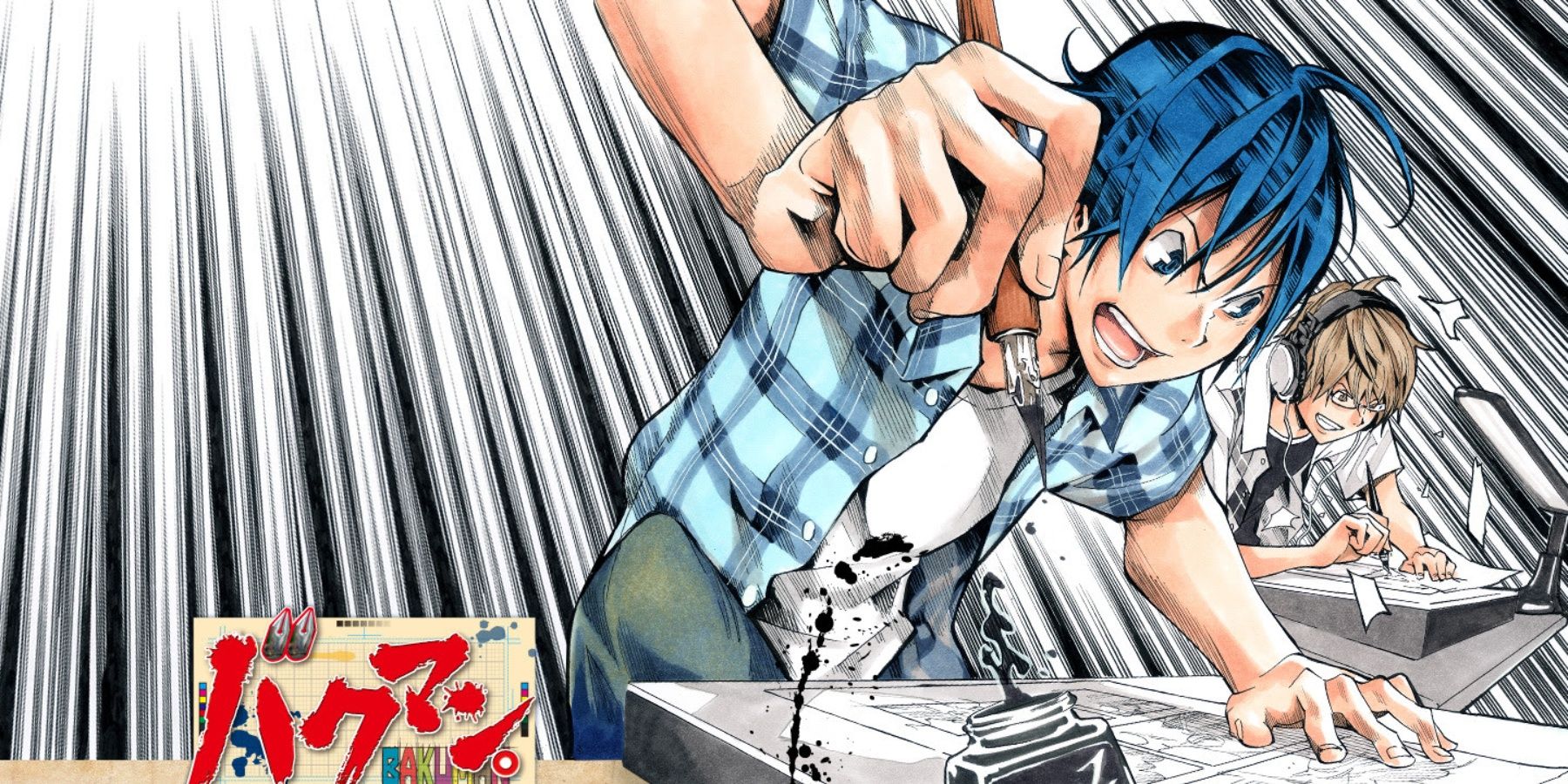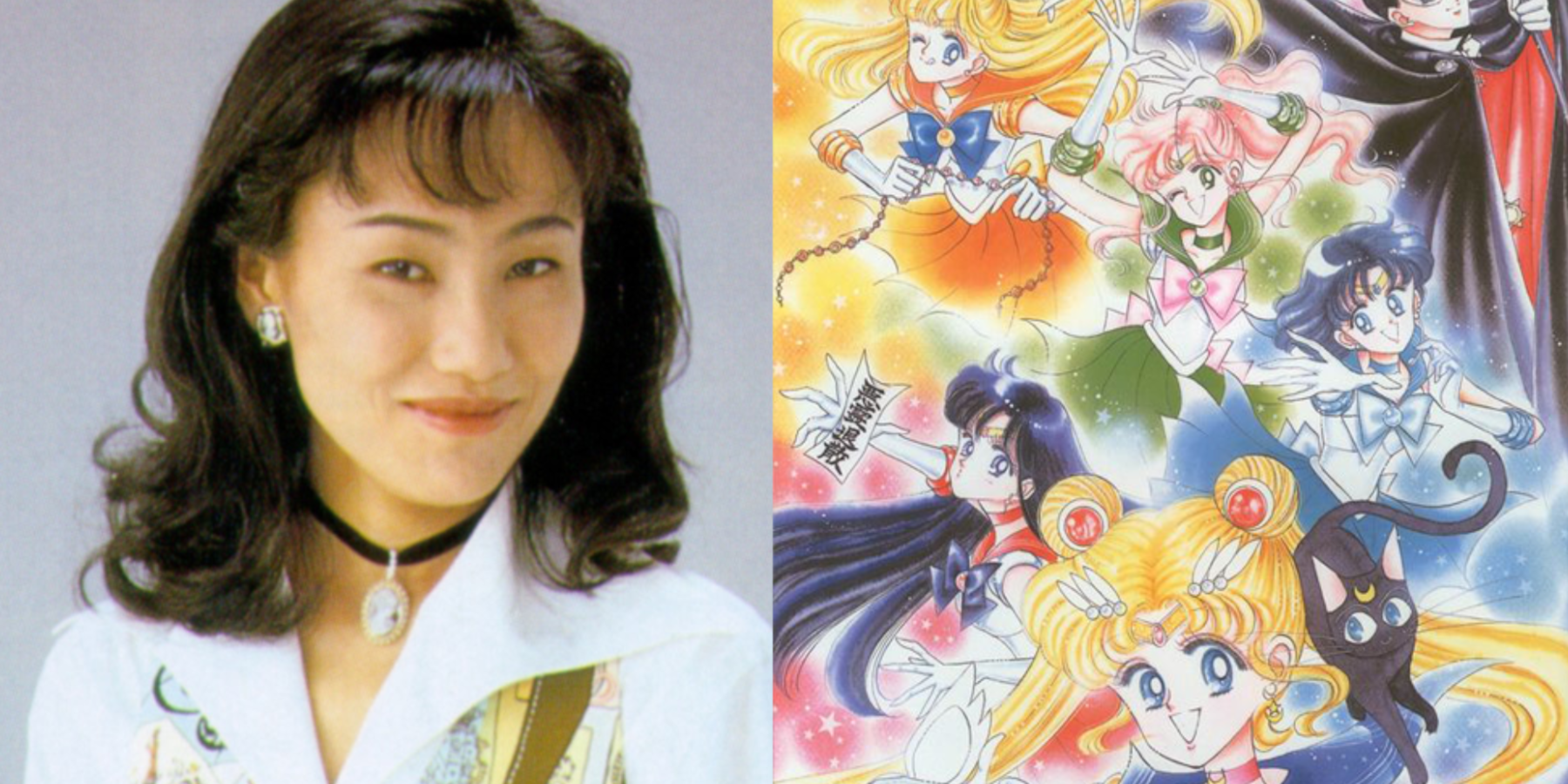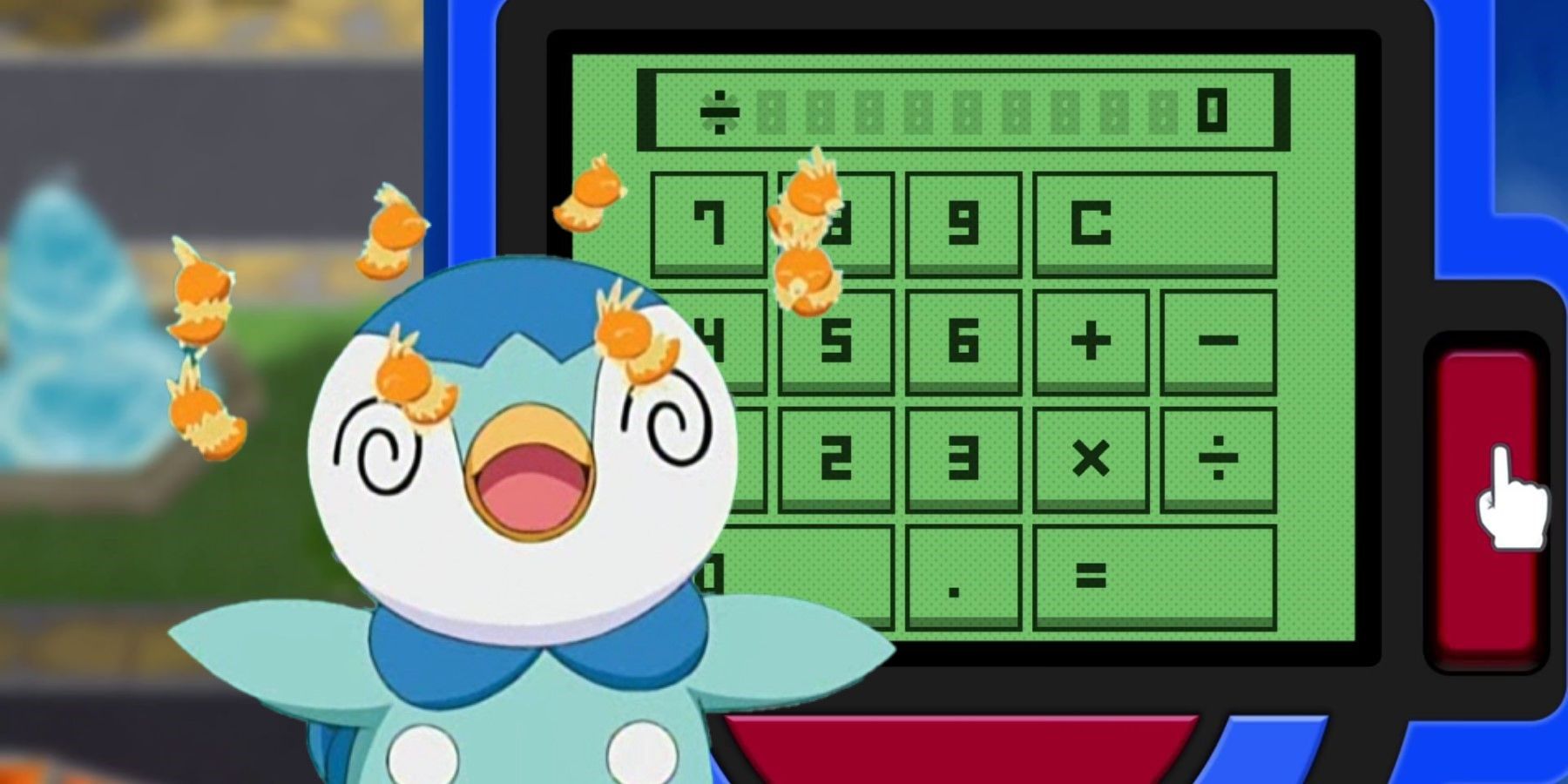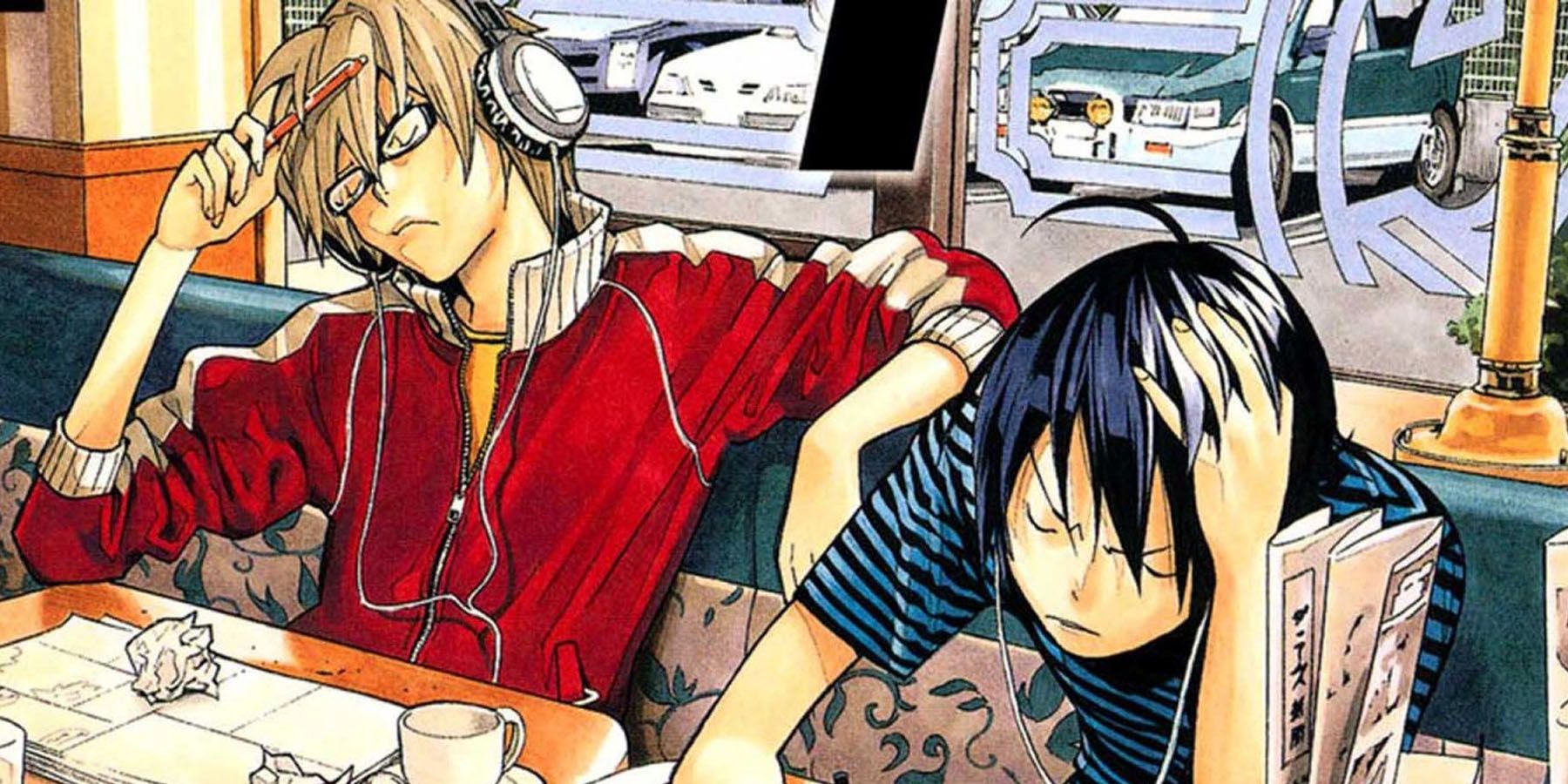
The Fascinating Mystery Behind Mangaka's Camera Shyness!

Why are many Mangaka hesitant to be photographed? Discover the reasons behind popular creators' aversion to publicity and the challenges they face in finding time for their craft
In the book publishing industry, it is common to find a description of the author and their picture at the back of novels, biographies, and history books. While there are some exceptions, such as J.D. Salinger who chose not to share his picture, this is the standard practice.
However, when it comes to manga, the author bio is usually found at the end of the book without their actual photo. Unlike certain authors like Rumiko Takahashi who include their pictures, most manga authors tend to avoid sharing their photos, making it difficult to find them. Notably, Akira Toriyama, creator of Dragon Ball, was so camera-shy that he drew an avatar with goggles and a mask until years after the series ended. This raises the question: why are manga authors generally hesitant to be photographed?
How Often Do Readers Know What their Favorite Author Looks Like?
Not many manga authors have readily available pictures of themselves. While there are a few well-known authors like Naoko Takeuchi (Sailor Moon) or Eiichiro Oda (One Piece), the majority prefer to remain anonymous. Some authors even create fictional avatars of themselves. Goshia Aoyama (Case Closed) playfully depicts himself getting killed at the end of each book, adding a fun twist to the anonymity.
However, the real reason behind this camera shyness is more complex and unfortunate. Privacy is a major concern for manga authors. Although doxing may not be as prevalent in Japan, their works are primarily read by children and teenagers who often approach their favorite celebrities for autographs or pictures. Some may argue that this is simply a part of being famous, but aspiring manga authors may not have the luxury of time for these interactions.
The Free Time Math Equation
In volume five of Yu Yu Hakusho, manga author Yoshihiro Togashi wrote the following equation:
A(24-A)-PH
The equation can be simplified as follows: A denotes the average daily hours spent sleeping (approximately five hours for him), P represents the number of pages in each chapter of Yu Yu Hakusho manga (around 19-21 pages per chapter), and H signifies the time devoted to each manga page (which varied, but Togashi estimated it to be about four hours). Togashi clarified that after subtracting time for eating, bathing, and other bodily functions, he had an estimated three to four hours of free time per week. It is necessary to take a moment and truly grasp the implications of this statement.
To produce a weekly manga chapter, Togashi had to allocate less than eight hours for sleep (a practice not recommended by doctors on a regular basis) while ensuring he met his basic life needs. As a result, he had only a few hours of personal free time. This explains why his author notes often include statements such as "I haven't watched a movie in years" or "I wish I had time to read a book." Whether you are a beginner manga author or an experienced veteran with a highly popular series, the amount of hours invested in creating your work is truly staggering. When compared to the team of creators behind American comics, it becomes evident how demanding the schedule is for manga authors.
There’s No Time for Manga Artists to be Interrupted
This equation provides valuable insight into various aspects of the manga industry. It explains why successful manga creators often choose not to create another hit. It sheds light on the growing demand in Japan to modify the publishing schedule to monthly or bi-weekly intervals. Furthermore, it clarifies why these authors frequently encounter lifelong health issues. Additionally, it elucidates their preference for remaining anonymous, as they have scarce personal time and prefer to dedicate it to themselves.
Consider the scenario: you go out to dinner, possibly the only opportunity you have for dining out all week, and individuals approach you for autographs and photos. Undoubtedly, this would be incredibly frustrating. Despite the misconception that manga artists are wealthy, only those whose work has been adapted into successful anime truly reap financial rewards. Most manga artists endure grueling work hours, consistently producing pages every week, only for their series to go unnoticed for several years. When a series becomes a hit, the likelihood of being stopped on the street significantly increases. Nonetheless, whether their series is popular or not, these artists have too little free time to welcome interruptions and would rather concentrate on their work rather than having their face recognized outside of the manga.












